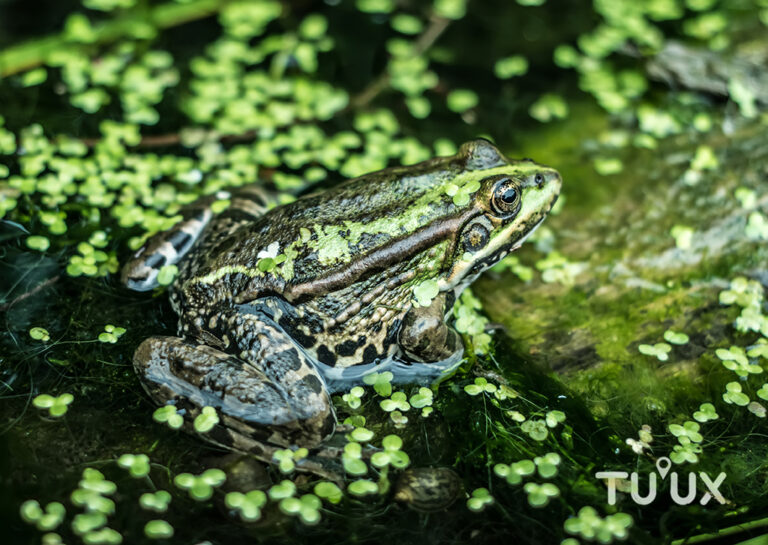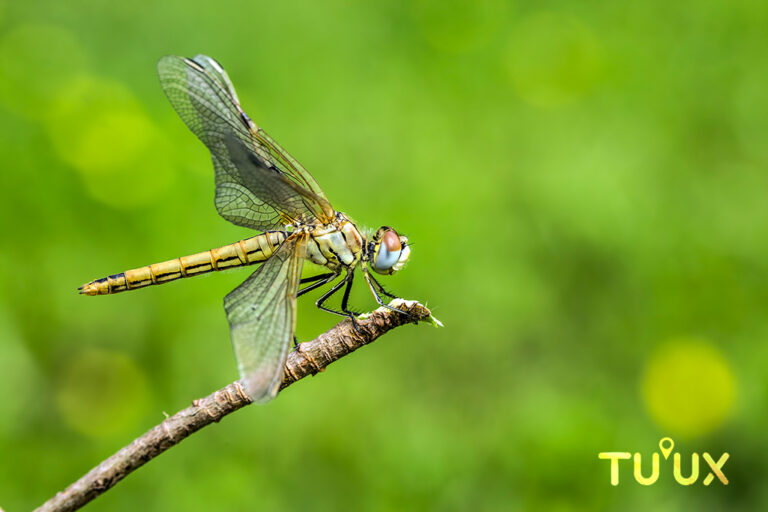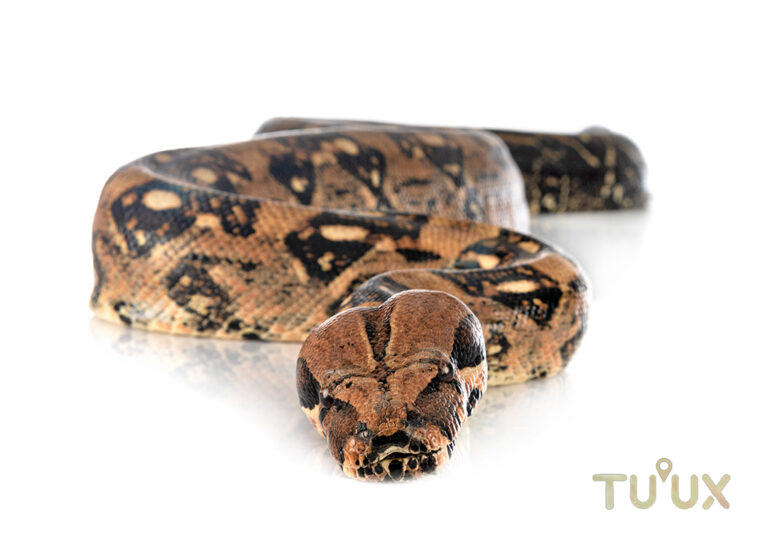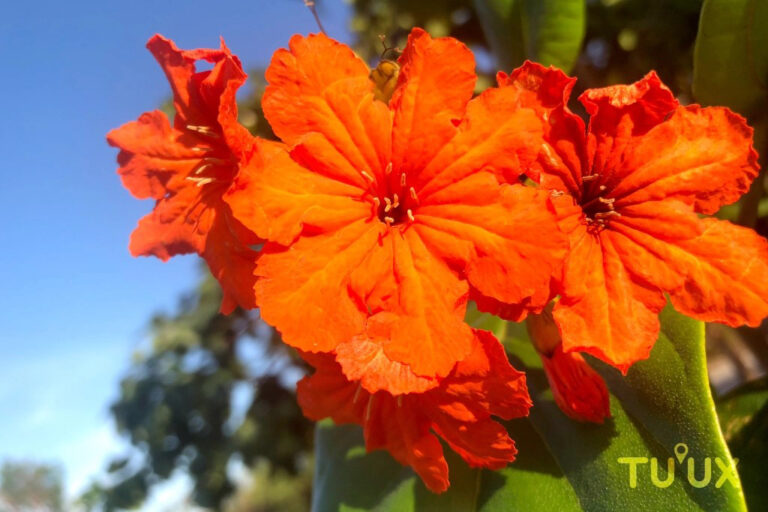EL TUCÁN
🐦 El Tucán: Símbolo de Biodiversidad en el Caribe Mexicano
En el corazón de los bosques tropicales del Caribe, entre los sonidos de la selva y los colores exuberantes del follaje, una figura alada roba miradas y despierta admiración: el tucán. Con su pico vibrante, su silueta inconfundible y su canto peculiar, esta ave se ha convertido en uno de los emblemas más representativos de la biodiversidad caribeña.
🌿 Un Ave de Colores y Contrastes
Los tucanes pertenecen a la familia Ramphastidae, y en el Caribe mexicano destaca especialmente el tucán pico de canoa (Ramphastos sulfuratus), también conocido como tucán de pecho amarillo. Estas son algunas de sus características más notables:
- Pico multicolor: A pesar de su tamaño, el pico del tucán es ligero y hueco. No solo lo utiliza para alcanzar frutos, sino también para regular su temperatura corporal gracias a una sorprendente adaptación biológica.
- Plumaje llamativo: El cuerpo de esta ave presenta un negro intenso que contrasta con tonalidades de amarillo brillante, verde, rojo y naranja, permitiéndole integrarse visualmente con la flora de su entorno.
- Dieta omnívora: Aunque su alimentación es principalmente frugívora, también consume insectos, huevos de otras aves y pequeños vertebrados, contribuyendo al control de ciertas poblaciones dentro del ecosistema.
🌳 El Tucán y su Rol Ecológico en el Caribe
El tucán es mucho más que una imagen exótica. Su papel como dispersor de semillas lo convierte en un pilar ecológico clave. Al trasladar semillas lejos de los árboles madre, fomenta la regeneración de los bosques tropicales, la diversidad vegetal y, por ende, la supervivencia de múltiples especies que dependen de estos ecosistemas.
📍 Distribución y Avistamiento en Mahahual
Habita principalmente en selvas húmedas y bosques tropicales, siendo común en regiones como la Riviera Maya, Belice, Guatemala y algunas islas del Caribe. En Mahahual, Quintana Roo, es posible observarlo al amanecer en áreas densamente arboladas, lo que lo convierte en un atractivo natural ideal para amantes del ecoturismo y la observación de aves.
🌎 Indicador de Ecosistemas Saludables
La presencia de tucanes indica buenas condiciones de conservación ambiental. Su papel va más allá de la dispersión de semillas, ya que también contribuye a mantener el equilibrio trófico, regulando poblaciones de insectos y otras especies menores, lo cual influye positivamente en la agricultura local y en la salud del entorno.
⚠️ Amenazas y Conservación
A pesar de su importancia ecológica y cultural, el tucán enfrenta diversas amenazas:
- Deforestación por actividades agroindustriales, expansión urbana y turismo desmedido.
- Tráfico ilegal, ya que su apariencia lo convierte en una presa codiciada del comercio de fauna.
- Cambio climático, que altera los ciclos reproductivos y la disponibilidad de alimento.
🛡️ Acciones de Protección
Organizaciones ambientales trabajan activamente para:
- Restaurar hábitats degradados.
- Promover la educación ambiental comunitaria.
- Implementar leyes contra el comercio ilegal de especies.
🎨 El Tucán en la Cultura Caribeña
El tucán también tiene un lugar destacado en el arte y la tradición del Caribe. Se le encuentra en artesanías, textiles, pinturas y logotipos turísticos, y en la cosmovisión de muchos pueblos indígenas, esta ave era vista como un puente entre los humanos y la naturaleza, símbolo de armonía, belleza y equilibrio.
📝 Conclusión
El tucán es mucho más que una belleza alada: es un aliado de los bosques, guardián del equilibrio ecológico y mensajero silencioso de la salud ambiental. Su avistamiento en lugares como Mahahual no solo es una experiencia memorable para turistas y locales, sino también un recordatorio urgente de la necesidad de proteger nuestros ecosistemas tropicales.
🌱 Cuidar al tucán es cuidar la vida misma del Caribe.

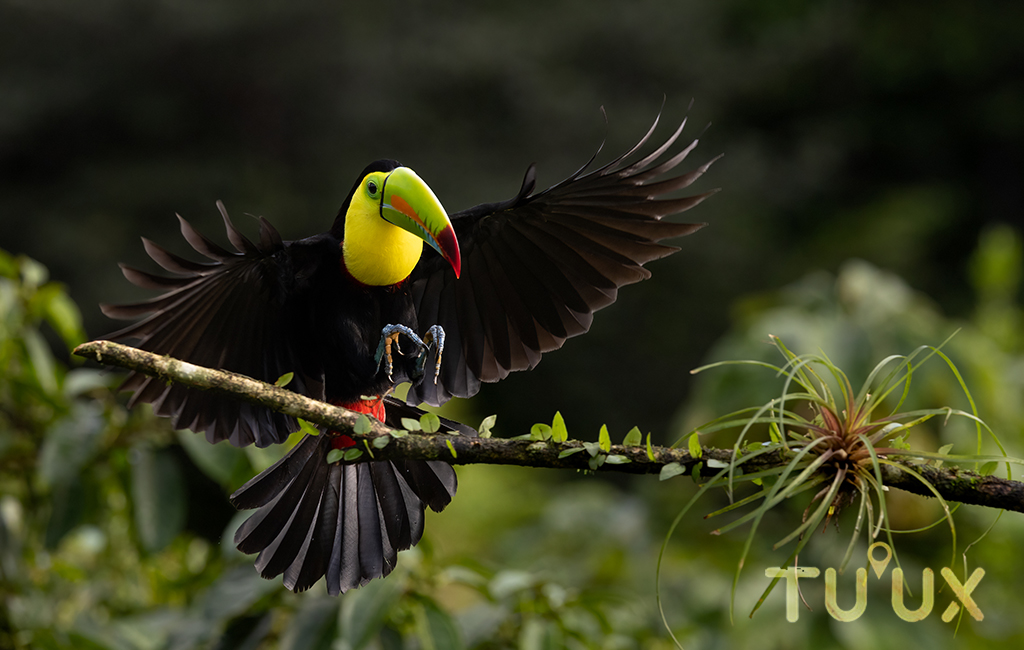
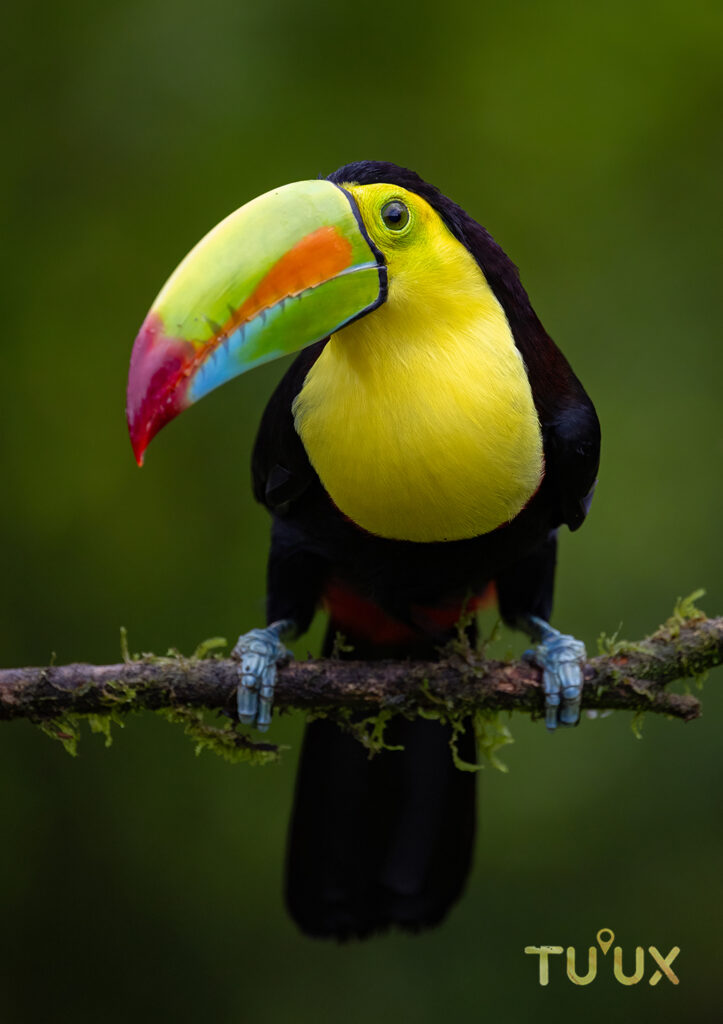

🐦 The Toucan: A Symbol of Biodiversity in the Caribbea
In the heart of the tropical forests of the Caribbean, amidst the sounds of the jungle and the lush colors of the foliage, a striking figure captures attention and admiration: the toucan. With its vibrant beak, unmistakable silhouette, and peculiar call, this bird has become one of the most iconic symbols of Caribbean biodiversity.
🌿 A Bird of Colors and Contrasts
Toucans belong to the Ramphastidae family, and in the Mexican Caribbean, the most notable species is the Keel-billed Toucan (Ramphastos sulfuratus), also known as the rainbow-billed toucan. Some of its most remarkable features include:
- Multicolored Beak: Despite its size, the toucan’s beak is light and hollow. It not only helps the bird reach fruit but also serves to regulate its body temperature—an extraordinary biological adaptation.
- Striking Plumage: The bird’s black body contrasts with vivid yellow, green, red, and orange hues, allowing it to blend in with the vibrant flora of its habitat.
- Omnivorous Diet: While primarily frugivorous, the toucan also eats insects, bird eggs, and small reptiles, helping to control certain species within its ecosystem.
🌳 The Toucan’s Ecological Role in the Caribbean
The toucan is more than just a beautiful sight. Its role as a seed disperser makes it a key ecological agent. By dropping seeds far from parent trees, it encourages forest regeneration, plant diversity, and the survival of multiple species that depend on these habitats.
📍 Distribution and Sightings in Mahahual
Toucans typically inhabit humid forests and tropical jungles, and are commonly found in areas such as the Riviera Maya, Belize, Guatemala, and several Caribbean islands. In Mahahual, Quintana Roo, toucans are often spotted in dense woodland areas, especially during early morning hours—making them a highlight for birdwatchers and eco-tourists alike.
🌎 A Marker of Healthy Ecosystems
The presence of toucans indicates well-preserved ecosystems. Beyond seed dispersal, they help maintain trophic balance by regulating insect and small animal populations, which in turn benefits local agriculture and overall habitat health.
⚠️ Threats and Conservation Efforts
Despite their importance, toucans face a number of threats:
- Deforestation caused by agricultural expansion, urban growth, and unsustainable tourism.
- Illegal trafficking, as their beauty makes them frequent targets of the exotic pet trade.
- Climate change, which disrupts reproductive cycles and reduces food availability.
🛡️ Conservation Actions
Environmental organizations are working to:
- Restore degraded habitats.
- Promote community-based environmental education.
- Enforce stricter regulations against illegal wildlife trafficking.
🎨 The Toucan in Caribbean Culture
The toucan also holds a prominent place in Caribbean art and tradition. It appears in crafts, textiles, paintings, and tourism branding. For many Indigenous and local communities, the toucan once symbolized a sacred connection between humans and nature, embodying messages of balance, beauty, and environmental respect.
📝 Conclusion
The toucan is far more than a colorful bird—it is a forest ally, guardian of ecological balance, and a silent messenger of environmental health. Its presence in places like Mahahual not only offers a unique experience for visitors and locals, but also serves as a powerful reminder of the richness and fragility of our tropical heritage.
🌱 To protect the toucan is to protect the very life of the Caribbean.

